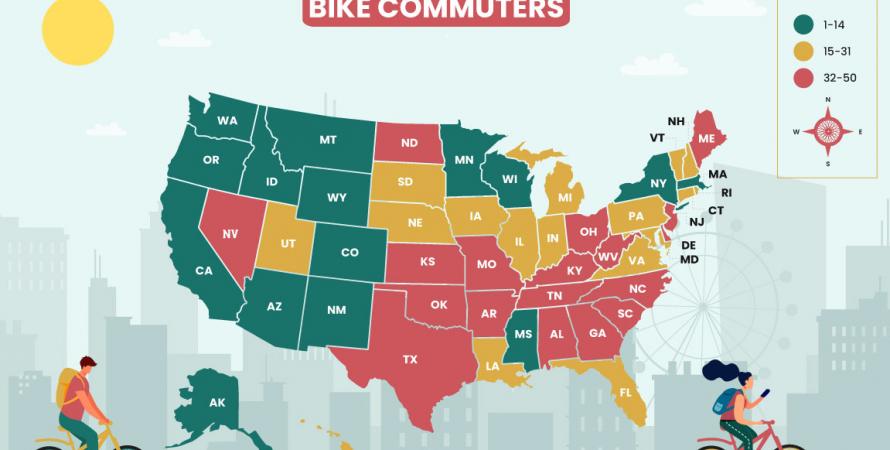-

The return of the parkway
CNU’s biennial Freeways Without Futures report is out now! In a series of articles, Public Square is exploring common threads from the report. This is article 2.Prior to the Interstate era, the landscaped parkway was the predominant way to get in and around cities. Examples from this earlier period, like the Emerald Necklace in Boston, show that parkways can carry substantial traffic and provide a pleasant setting for recreation even as traffic moves...Read more -

Covid was an extraordinary experiment in rethinking street design
Let's learn all we can from the lightning fast efforts to adapt streets to provide public space during the pandemic. The biggest lesson: Don't be afraid to experiment with streets.Last year, when elected city leaders and their planning staffs watched in horror as the pandemic ravaged local economies nationwide, many, if not most of them took the opportunity to experiment with their city’s street network. Those that enjoyed the flexibility of a tight street grid tried...Read more -

What comes after the highway?
CNU’s biennial Freeways Without Futures report is out now! In a series of articles, Public Square is exploring common threads from the report. This is article 1.It’s no secret that highway builders leveled vibrant communities to make way for many of the roads in our cities today. It’s also no secret that highway builders often targeted communities of color, who typically lacked the resources required to fight back. The disproportionate effects highway...Read more -

Bike commuting and the 15-minute city
Bicycling is important to the 15-minute city, because it extends the range of human-powered transportation to about three miles in that time frame. This range is especially helpful in getting to work. A recent report by Bike Advisor shows that the top 10 US cities for bicycle commuting are mostly...Read more